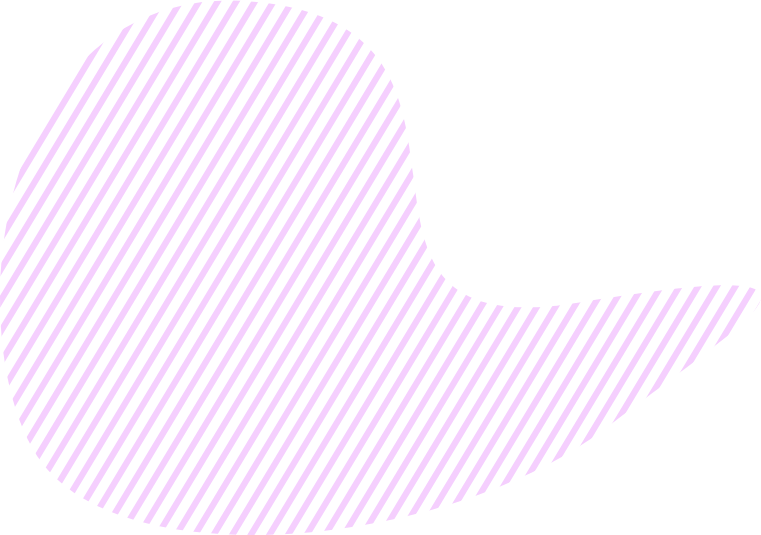What Is a Product Stack?
A product stack, sometimes also called “development stack”, “toolkit”, or “tech stack” is a collection of tools such as apps, technologies, and other resources used to bring a product to market and further collect and analyze data created by users.

Components Of a Product Stack
There is a wide range of versatile tools that can be used at different stages of product development and with different purposes. Some of them may be used by the whole organization and some will be product-specific, while others will be abstract, for example, applying business philosophy. Yet, the basic product stack will comprise tools of three major types:
- Data Array: customer survey or, in some cases, user tracking tools that fetch and organize data coming from customers.
- Analytics: these tools are used to study user perception of the product, their suggestions and complaints to learn what ideas can be implemented to make the product more attractive.
- Collaboration tools: this group includes team messaging apps, presentation software, and workflow management tools.
Product Manager’s Toolkit
Nowadays product managers can benefit from multiple tools that will both improve their effectiveness in supervising the team and improve the product. For example, a PM product stack can include
- Tools for customer feedback gathering, including user tracking apps, customer survey tools, recording software for interviews;
- Market research reports written by specialists, such as Gartner papers;
- Communication tools, such as team chats or presentation software;
- Idea-capture and collaboration tools used for brainstorming;
- Visualization tools from process flowcharts to design applications that can be used jointly in prototyping;
- Program management-specific tools, such as roadmapping software or task managers.
How to Build a Product Stack
Building a product stack that will cover all aspects of the product development process and at the same time will not become a confusing collection of duplicating and unnecessary apps is an important part of the product planning process.
Step 1: Identify processes you can automate: For this, you can take primary business processes, break them down into distinct steps and scrutinize over each step to observe how they relate to one another, where they can be siloed and which inefficiencies can be eliminated.
Step 2: Decide on the share of industry- and process-specific tools: Focus on the core business challenge to see if it is unique to the industry. If it is quite typical, you can select an industry-specific tool built according to the established best practices and covering common tasks and challenges. If not, you can opt for a tool which is off-the-shelf, tailored for the specific process, but might be less customizable.
Step 3: Check user reviews: focus on those software reviews that are specific or close to your industry or process and look for common themes, such as similar complaints about a certain feature.
Step 4: Think from the long-term perspective: while selecting an app, you should also consider how much value it will add over time, what its pricing plan is, or if it is not in the decline stage. Some other features you need to consider include the software customization options, scalability and third-party integration.
Step 5: Build a shortlist: Create a shortlist containing three to five competing tools products and check if the vendors offer a free trial to get hands-on experience and select the tool that works for you.
Remember that a product stack is a tool to facilitate the development process and not the goal, so select only necessary and affordable software.



